We speak with a lot of client’s and marketing professionals that are looking for corporate video production services and they often have questions about the kinds of production team that we use for video productions.
So, we thought we’d spend a few minutes sharing some insight into the talented teams that we pull together for producing corporate or brand videos. Now, mind you every video production project is different and so the composition of the production team for projects varies, based on the specific needs of each production and whether it is a pre-taped filming or a live streaming effort.
That being said, here’s a list of common video production professionals that may play a role in your production – but again not all roles are applicable for all projects – and some may be for corporate video productions and others are more akin to live streaming broadcasts.
Corporate Video Production Team
Executive Producer
The Executive Producer will lead the charge and work with you to identify all requirements for producing your video. Think of the executive producer like a general contractor that is going to have their hands on every aspect of the production to ensure success. He or she will coordinate all activities both in advance and during the process to ensure the right team is assembled. Making sure that all creative aspects of the project are taking into consideration, keeping all parties aligned and ensuring that all aspects of the project march forward in a timely fashion. Making sure that everything is within the budget and ensuring that deadlines and milestones are met.
Director
When it comes to crafting a successful corporate video production the Director is going to translate the initial vision for the production into reality. The Director will work hand in hand with on-camera talent to ensure they are comfortable. Helping them provide on-camera footage that will support the project at hand.
So, if it’s an interview, a presentation, a fireside chat, regardless of the style of content being captured; the Director is going to work with your internal or external talent to coax out content that will allow the production team to bring the final video together as expected.
Further, the Director will often collaborate with the Director of Photography to translate the vision for the effort to the framing and camera work that will be core to the production.
Showcaller
When it comes to a live broadcast, a Showcaller is going to coordinate all of the team’s efforts – uniting cameras, graphics, video roll-ins, and all elements of the broadcast under their direction to ensure proper timing and cueing everyone according to the broadcast run of show.
Director of Photography
The Director of Photography, or DP, is the individual responsible for managing the camera(s) and showcasing talent in the manner that makes the most sense for the project at hand. The DP may be managing tripod based camera(s), or may be manually moving a camera around using any number of production tools to capture footage as expected. Basing on the style of the production that has been identified.
Additionally, the DP will often lead and work in tandem with the Lighting Director, or Gaffer on lighting placements and effects. In some instances, the DP may handle these functions directly.

Assistant Director
The Assistant Director, or AD is often going to track what scenes have been shot, take numbers, and feedback from the Director about each take. These notes will help guide the post-production process. This help ensure that all aspects of the production are captured according to the plan. In those instances where a production is conducted as a live broadcast, the AD may assume other roles as well such as: tracking timing, video roll-ins, and coordinating direction of cameras as the production moves forward.
Audio Tech/ Sound Mixer
We can’t underestimate the importance of good audio. Since it’s not a visual focus it often gets over looked but the reality is that if audiences struggle to hear your video they will move on and fail to capture the intended messaging. That brings us to this role – known often as a Field Mixer when it comes to on-location video production projects, or a A1 (sound mixer) for live streaming broadcasts. The audio tech, regardless of setting, is charged with managing audio capture and ensuring that clean clear sound is recorded. Sometimes the audio tech will work with an A2, whom will be responsible for the management and deployment of microphones. Depending on the size and scale of the production sometimes those duties are all managed by a singular team member.
Teleprompter Operator
For productions where talent are working from a teleprompter – a teleprompter operator will work with them to advance their copy at the talent’s reading pace. Similarly, when it comes to a live broadcast, the teleprompter operator will often play a crucial role on keeping all on-air talent and participants on the same page. Ensuring that cues and transitions are properly managed by advancing the script in the course of the live broadcast.
Lighting Director/ Gaffer
Similar to audio, the importance of lighting a subject, a scene, stage or boardroom can not be underestimated. Depending on the size and scale of the production a project may have a singular gaffer, or even multiple gaffers often working under a Lighting Director. Working in tandem with the Director and Director of Photography, these team members are going to identify, setup and light the set, subject, and branding elements of a particular project. Ensuring they are well represented on-camera.
Technical Director/ EIC:
Depending on the production at hand – if it is a live broadcast, or even a multi-camera video production, a Technical Director, or EIC (Engineer in Charge), may play a key role in orchestrating all of the technology behind the production. Especially, in live streaming situations the TD or EIC is going to coordinate not just cameras, but inbound and outbound feeds. Also including graphics integration, audio inputs, master records, sync between audio and video, and redundancy for key broadcast systems to ensure a successful project.
Again, these are not all roles you’ll find on each set of a corporate video production but this should provide some insight into the kinds of tasks that feed into a successful production. The bottom line is most successful corporate video productions are a team effort to ensure a quality product that is well-coordinated and results in the high-quality corporate video or live streaming broadcast that your team expects.

